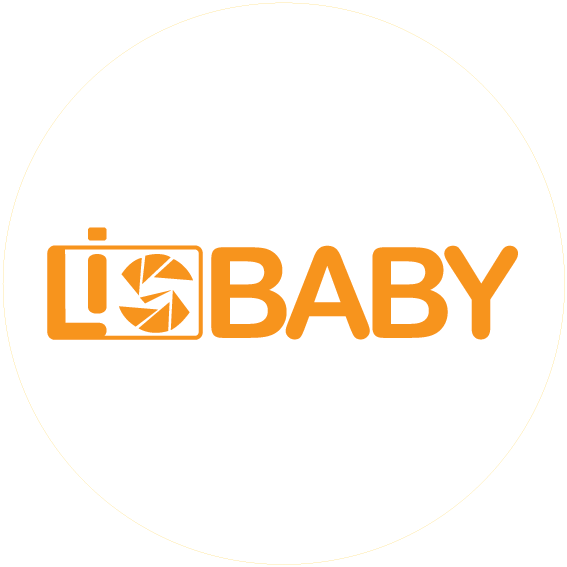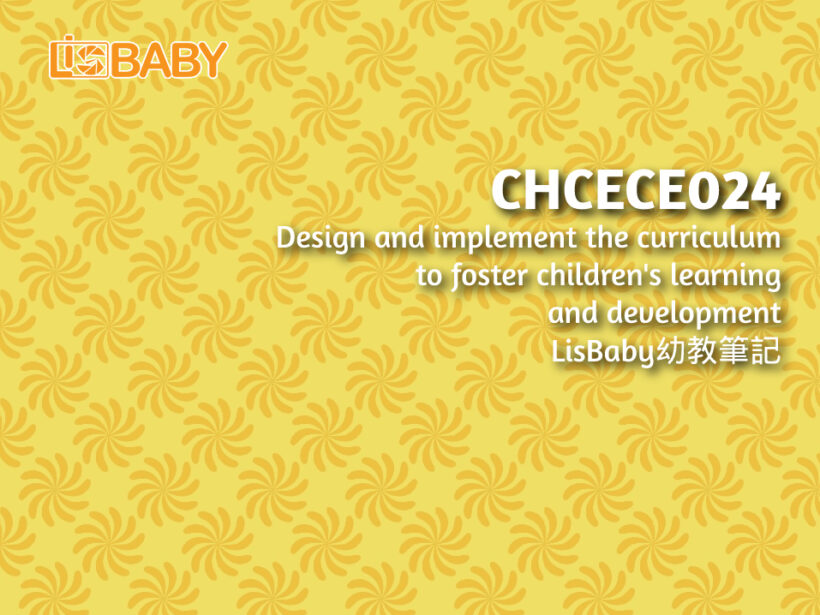繼前幾篇的幼教筆記分享,有些小編的閱讀者反應,希望筆記中的重點可以再突出一些,所以今次小編分享新的課題,採用一些背景顏色或者文字顏色的不一樣,希望有助你的閱讀視覺效果好寫。這次文章分享的筆記是澳洲幼教課題是 CHCECE024 Design and implement the curriculum to foster children’s learning and development。以下內容都是小編覺得比較重要部分,如果你有補充歡迎留言。
Modifications should certainly be considered if the answer to any of the following questions is ‘NO’:
1. Does the environment have the basic necessities?
2. Do the children have appropriate toilet facilities?
3. Is there somewhere appropriate for them to eat?
4. Is there the appropriate space for them to take a nap if they need to?
5. Are there both active play areas and quiet play areas?
General tips for modifying a learning environment:
• Have clear, defined areas for different activities (eg play/work/eat/sleep).
• Allocate places for different materials and toys within the correct areas.
• Ensure that these resources are accessible by everyone.
• Allocate areas for privacy when administering medications.
• Ensure staff are aware of allergies (eg peanuts and nut products) in children.
• Set a rule that does not allow allergenic foods and products to be brought into the service.
• Consistently return materials to their correct space.
• Arrange furniture safely (eg do not place it haphazardly).
• Have open areas/ramps for wheelchair access and movability.
• Have an accessible toilet facility allocated for children with mobility issues.
• Avoid clutter.
• Use curtains and blinds to control light.
Aim to incorporate many things into their outdoor area, for example:
• Plants and flowers (eg teach children about different plants and flowers—have them involved in planting and growing them).
• Water (eg use a paddling pool).
• Sand (eg have a sandpit in which children can have fun and explore).
• Dirt (eg create an outside ‘kitchen’—have pots and pans for children to play with mud and make mud pies.
Within a service, there are some methods that could be used to gather information from families about the current curriculum and learning environments.
• Opinions and feedback from families.
• Monthly meetings (one-to-one or as a group).
• Having families address meetings and events.
• Having a suggestion box.
• Sending out forms.
• Making phone calls.
• Sending out emails.
How can the educator design curriculum that reflects this philosophy? The curriculum must:
• Be based on the children’s needs and interests.
• Promote the health and safety of children.
• Be enjoyable.
• Be appropriate for the children involved (eg ages and stages of development).
• Encourage equality of opportunity.
• Cover all aspects of a child’s learning and development.
• Allow for spontaneity.
• Involve parents, visitors and other professionals.
• Refer to the early learning goals.
• Support needs (eg special educational needs).
• Be varied.
A curriculum is supposed to refer to relevant theories, for example:
• Critical theories.
• Post-structuralist theories.
• Development theories.
• Socio-cultural theories.
• Socio-behaviourist theories.
The Early Years Learning Framework for Australia’. These learning outcomes are:
Children have a strong sense of identity.
• Do children explore aspects of identity through role-play?
Children are connected with, and contribute to, their world.
• Do children display an interest in learning about the world around them?
Children have a strong sense of well-being.
• Can children make choices and accept challenges?
Children are confident and involved learners.
• Do children continue with tasks even if they are finding it difficult?
Children are effective communicators.
• Are children able to convey and construct verbal messages?
【關於LisBaby旅食百變】
 訂閱“LisBaby旅食百變的YouTube頻道”看新片!
訂閱“LisBaby旅食百變的YouTube頻道”看新片! 追蹤“LisBaby旅食百變的Facebook專頁”了解最新動向!
追蹤“LisBaby旅食百變的Facebook專頁”了解最新動向! 更新“LisBaby旅食百變的網站”看新的文章吧!
更新“LisBaby旅食百變的網站”看新的文章吧! 歡迎商業合作請「聯絡我們」感謝!
歡迎商業合作請「聯絡我們」感謝!

